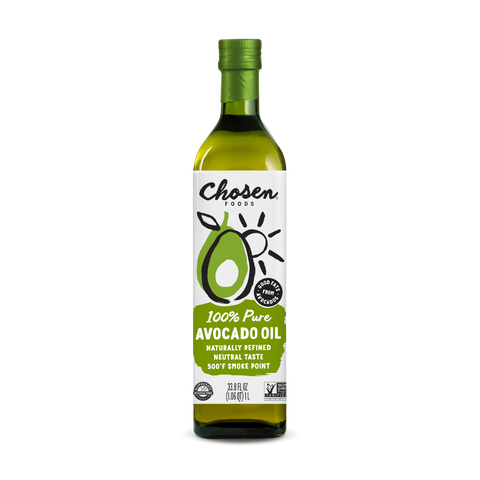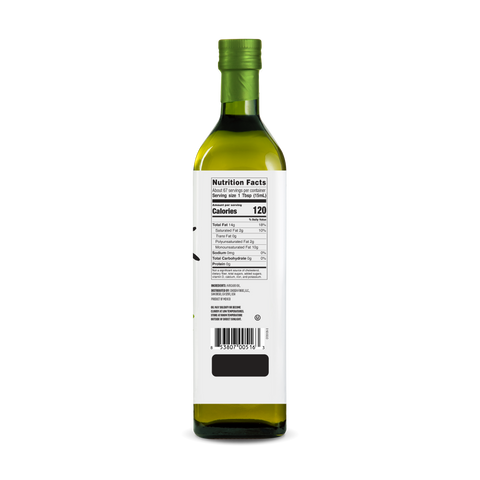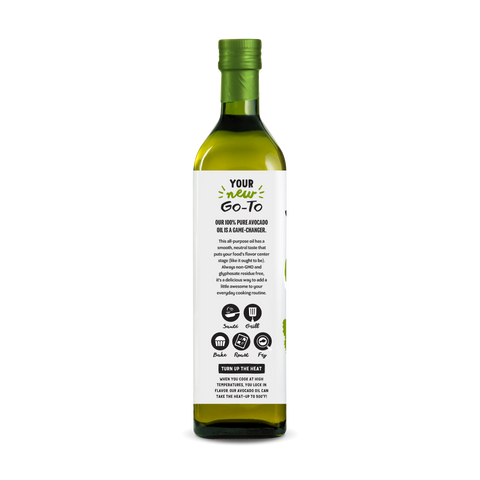Frequently asked questions
How is Chosen Foods 100% Pure Avocado Oil made?
How can I ensure that the avocado oil I purchased is not adulterated with other oils?
Why does my avocado oil appear cloudy?
What does the Glyphosate Residue Free Certification mean?
What is the smoke point of 100% Pure Avocado Oil?


